#movies set in 1920s
Text
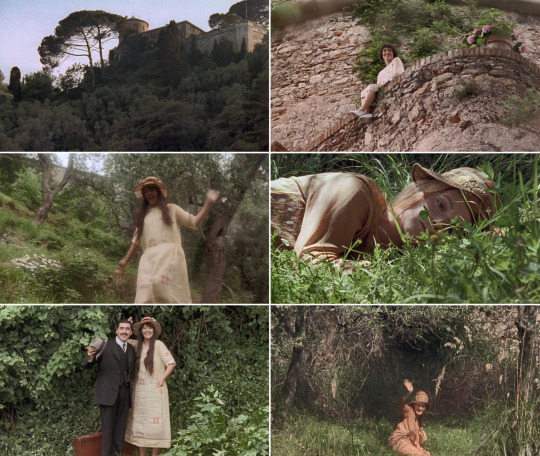

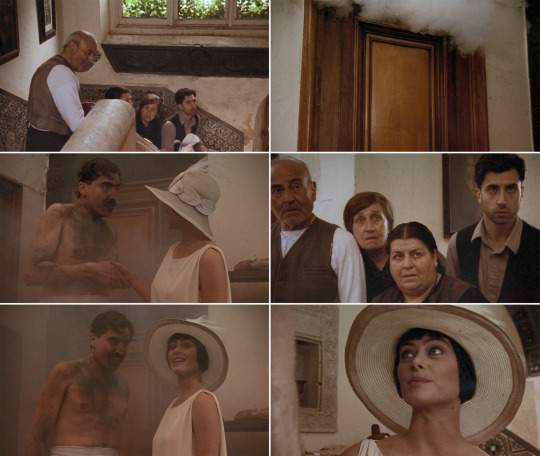







Enchanted April is a 1991 British film adapted from Elizabeth von Arnim's 1922 novel The Enchanted April. It stars Miranda Richardson, Josie Lawrence, Polly Walker, and Joan Plowright, with Alfred Molina, Michael Kitchen, and Jim Broadbent in supporting roles.
Part III
#enchanted april movie#enchanted april 1991#book adaptation#british movie#italian countryside#italy#spring countryside#country living#country life#country aesthetic#spring aesthetic#spring view#spring bloom#1920s#movies set in 1920s#Josie Lawrence#Miranda Richardson#Polly Walker#Joan Plowright#Alfred Molina#Jim Broadbent#Michael Kitchen
15 notes
·
View notes
Text
Cosplay the Classics: Natacha Rambova
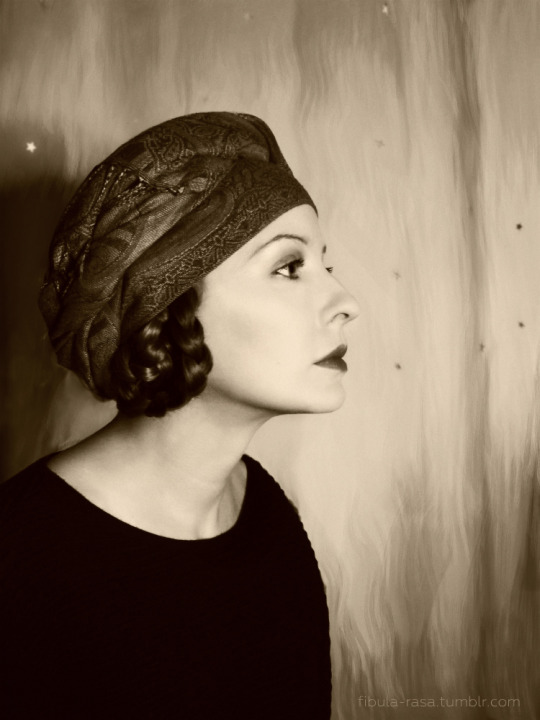
My closet cosplay of Natacha Rambova’s signature look from the 1920s
It’s unbearably common for people who have written about Natacha Rambova to emphasize that her “real” name was “Winifred Hudnut.” In reality, Rambova had about a half dozen names she went by (or could have gone by). Natacha Rambova was the name she took when she began her working life as a teenager with Theodore Kosloff’s ballet company—hence the Russophone name. And, as Rambova was a person who first and foremost lived to work, sticking with her professional name seems true to her character, Slav or not. You see, the primary reason Rambova was (and is) subjected to this passive-aggressiveness is part of a lingering effort to delegitimize her and her work. Sometimes that takes the form of calling her Winifred Hudnut and sometimes “Mrs. Valentino.” While there are valid reasons to criticize Rambova and her work, the aspersions typically lobbed at her fully miss their mark because they’re motivated by the desire to belittle a woman who knew the value of her work and her art and had the necessary privilege to fight for it.
"Natacha Rambova seems to belong most to me, the individual I think I am, but of course, I wasn’t born that way."
—“Wedded and Parted” by Ruth Waterbury, Photoplay, December 1922

Collage of portraits of Rambova from the 1920s
READ ON below the JUMP!
To begin at the beginning, Rambova was born as Winifred “Wink” Shaughnessy in Utah in 1897. Her father, who was significantly older than her mother, was found lacking as a parent and a spouse, and the Shaughnessy’s divorced when Rambova was young. Her youth was spent bouncing between her mother’s home in San Francisco, boarding school in England, and her aunt’s villa in France. Early on Rambova discovered two of the great passions of her life, ballet and mythology. The latter became an enduring fascination that guided Rambova’s varied pursuits throughout her life.
At first, her family encouraged Rambova’s interest in ballet. However, around 1914, when Rambova was 17, the shady nature of Rambova’s relationship with Kosloff was discovered by her mother, who tried to have Kosloff deported. At the time, Kosloff was supporting a wife and child back in England while keeping house with Rambova and another of his dancers, Vera Fredova (who was also legally named Winifred and also a teenager btw). Mom called off the lawsuit, and for years Kosloff, Rambova, and Fredova ran the ballet company together.
The company relocated to Los Angeles where Kosloff entered into a contract with Cecil B. DeMille. The company would provide art and costume designs for DeMille’s films and Kosloff himself would appear in the films. While Kosloff’s name is found in the credits for most of these films, it’s now widely accepted that Rambova was doing most, if not all, of the research and design work.

Theodore Kosloff in his costume from The Woman God Forgot (1917) on the left with Rambova (who does not appear in the film)
In this creatively productive period, Rambova shifted her focus away from dance toward historical research and costume and set design as her primary endeavor. For DeMille, Rambova contributed designs for The Woman God Forgot (1917), Why Change Your Wife? (1920), Something to Think About (1920), and also designed the Cinderella fantasy sequence of Forbidden Fruit (1921).
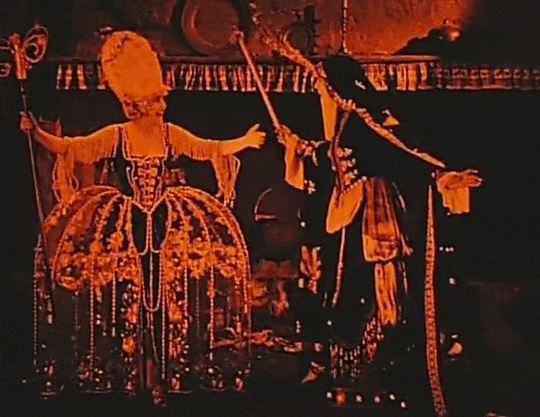
from the Cinderella sequence of Forbidden Fruit [more gifs here]
The work caught the eye of Nazimova, who was still working at Metro at the time. Once Nazimova realized that Rambova was the one doing the work, she engaged her directly to work on her now lost film Billions (1920). Rambova would receive on-screen credit for her art direction on Nazimova’s final film for Metro, the deco-bonanza Camille (1921).
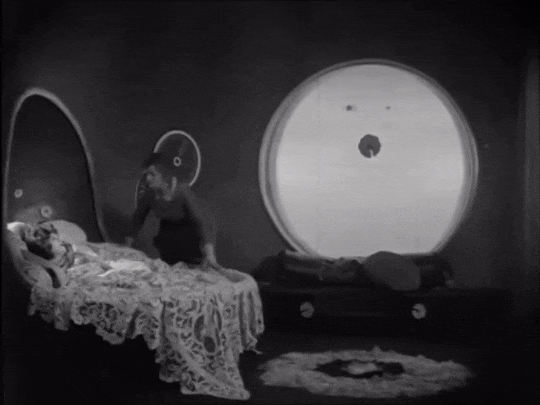
from Camille [more gifs here]
Camille features designs verging on the bizarre, using circles and half-circles as a consistent symbolic motif throughout the film. One of my personal favorite touches however, is the sequence taking place at Armand’s country cottage. Where the Paris sets are oversized and characterized by rounded edges, the cottage is excessively square and feels almost claustrophobic. At this point in the story, Marguerite is conflicted, she feels happier and freer than ever before in her love with Armand, but is also haunted by the notion that she’s dooming him given her past and her illness. The interior of the cottage feels more artificial because of its realism, almost like a doll house, in comparison to the more heavily designed Paris settings. This highlights the feeling in Marguerite that she’s just playing pretend at a happy, heteronormative fantasy.

country house setting from Camille
Influenced by the highly stylized visuals of ballet but also preoccupied with historical research and symbology, Rambova’s designs stand out from anything else produced in this period, especially in the US. The more I study her designs and think about how young she was when she created them, the more impressed I am by them. Faced with challenging assignments, Rambova balanced accuracy and perceived authenticity with her penchant for larger-than-life symbolism. On top of all that, they photograph beautifully! Being able to create interesting and appropriate costume and set designs with a demonstrated understanding of how they would register on film is a sophisticated skill set which Rambova deserves significant credit for.
When Nazimova went independent following Camille, she brought Rambova with her. The first two projects Rambova would work on for Nazimova’s company were A Doll’s House (now a lost film, which I profiled on my Lost, but Not Forgotten series) and Salomé (1922). The latter has become regarded as Nazimova’s magnum opus on film and often referred to as America’s first art film. For Salomé, Rambova translated illustrations made by Aubrey Beardsley into three-dimensional sets and costumes and character designs for film. If you’ve seen Beardsley’s illustrations and you’ve seen the film, you know this was no simple task and that Rambova did a phenomenal job of re-working the illustrations into wearable costumes and weaving elements of Beardsley’s illustrations into the set design.
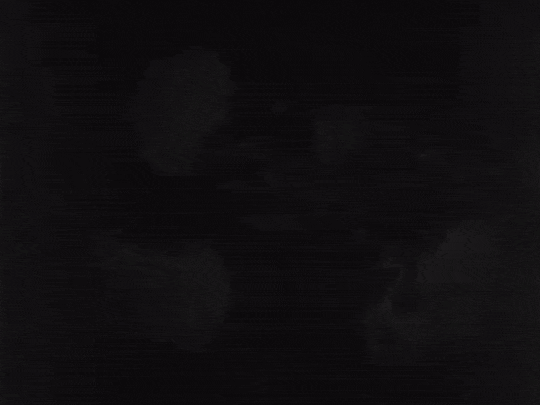
from Salomé [more gifs here]
Taking a second to emphasize Rambova’s range, her work on Why Change Your Wife?, Something to Think About, and A Doll’s House (which we can only judge by surviving stills) are contemporary settings with more realistic, grounded set and costume designs. Rambova executes the designs for these films with just as much skill, although as she admitted herself, with less gusto because they didn’t scratch the historical-research/symbology itch.

production still from A Doll’s House
It was in this same period of creative growth that Rambova split from Kosloff (and he shot her in the leg on the way out) and she started seeing her future husband, Rudolph Valentino. Valentino, however, was still legally married to another woman. This would lead to significant trouble for the couple in the first few years of their relationship.
Perhaps too much time has been spent picking apart the nature of the Valentino-Rambova pairing—most of it spent trying to characterize her as a Svengali type and Valentino as too immature or unintelligent to have any opinions of his own. Now, having read most of what Rambova has written about Valentino, both before and after their divorce, she often takes a paternalistic attitude toward Valentino, but one tempered by real affection. And, given how close Valentino became with her family (and remained close after the divorce, even leaving a significant part of his estate to her aunt), to doubt the legitimacy of their partnership feels willfully disingenuous. Valentino shared Rambova’s desires to elevate the artistic qualities of film, oftentimes beyond their means. Together they crafted the romantic idol of Valentino. Together they challenged the studios for underpaying him.
“Some producers find an unusual personality. They use up thousands of dollars to exploit it. They put that personality into a picture and the picture goes over and makes a million. Then, instead of letting the actor who does fine work go on doing it, they give him cheap material, cheap sets, cheap casts, cheap everything. The idea then is to make just as much money from that personality as possible with the least outlay.
“Isn’t it short-sighted? Isn’t it unwise? Yet they do it again and again. But they can’t keep it up forever. The fans are beginning to wake up. They refuse to take second rate products even when a big personality is exploited. They are doing the one thing that will affect the producer—when poor pictures are offered them, they are staying home.”
—from “Wedded and Parted” by Ruth Waterbury, Photoplay, December 1922
Something I mentioned in the last installment of “Lost, but Not Forgotten” was that in this period, a number of film artists in Hollywood were recognizing the true value of their work and going independent of the emergent studio system. Studio heads saw no problem in curtailing the creative freedom of their artists to further pad their overflowing wallets. For the founders of United Artists, the system was usually able to be bent in their favor, with their films getting wide releases with decent promotion budgets. For a number of other independent artists, the road was rockier as distributors and exhibitors were reluctant to offend the increasingly powerful studios. Nazimova was one of those who eventually ran out of funds to produce their own work. Valentino’s star rose precipitously after The Sheik (1921) and Blood and Sand (1922) was a massive box-office hit, but Valentino’s salary did not match that bankability. This financial dispute, complicated by negative press around his relationship with Rambova, left Valentino out of work in film for a year. In turn, Valentino and Rambova went on a dancing tour of the country, which raised her profile as a public figure while bolstering his star image despite not appearing in any new films.

Valentino and Rambova in a promotional photo for their dance tour
Unfortunately, crossing the studio system as they did resulted in a coordinated campaign to take them down a notch. Reading film magazines from the period will give you whiplash. Many of these magazines had established relationships with studios and ran news items in keeping with whatever narratives the studios wished to push. However, the stars and their managers (if they had them) had their own relationships with the magazines. So, occasionally, you’ll find items deriding Rambova as some kind of artsy-fartsy manipulative phony and then a profile piece of her or Valentino that’s sympathetic to their business woes. This is the period where the narrative emerges of Rambova as a calculating climber, using Valentino to build her own career. This talking point is often repeated today, despite the fact that Rambova had already been working on big productions for DeMille and Nazimova for years before meeting Valentino. While Rambova was certainly a key figure in developing Valentino’s star image, the plain facts make it apparent that they were working as a team—hardly abnormal. Unfortunately, neither member of said team had much in the way of business sense.
As I mentioned earlier, Rambova fashioned her life around her work. Something I didn’t mention earlier is that she was an heiress. At this point in her life, Rambova was determined to live off her own labour and not touch her inheritance. When they were battling the studios, the couple continued to not touch Rambova’s inheritance. And, both desperate to return to filmmaking, they were subject to the studio’s will. While their split is often framed as Rambova abandoning Valentino when she was denied the ability to control his career, a slightly different scenario emerges upon closer inspection. Both Valentino and Rambova were highly dedicated to their work and their work was intertwined with their relationship, a similar dynamic to Rambova’s relationship with Kosloff and later with her second husband Álvaro de Urzáiz, with whom she restored villas. With Urzáiz, their relationship degraded when they no longer had a shared project to work on. (In this case due to the Spanish Civil War.) It’s neither sensational nor romantic, but following Valentino’s reconciliation with Hollywood, after a few films, the pair was intentionally separated creatively. (This was at least partly due to the machinations of their new business manager, George Ullman, who we now know was manipulating Valentino’s finances after litigation regarding the disposition of Valentino’s estate.)
“What I desire personally is simply to be known for the work which I have always done, and that has brought me a reputation entirely independent of my marriage.”
—“Natacha Rambova Emerges” by Edwin Schallert, Picture Play Magazine, August 1925
Rambova worked on one film independently from Valentino before their divorce, What Price Beauty? (1925), starring mutual friend (for the moment) Nita Naldi. The film is now lost and its production and release seems awfully sus, so I hope to cover that for “Lost, but Not Forgotten” soon. Regardless of the film’s success or failure, the whole endeavor soured Rambova on Hollywood.

Nita Naldi in a promotional photo from What Price Beauty?
In her book about her life with Valentino, Rambova opined:
“Hollywood—all the joys of the petty community life of ‘Main Street’ with an additional coating of gold dust thrown in for good measure!… it is merely an imitation gilded hell of a make-believe realm. Nothing but sham—sham—and more sham.
“Hollywood—one continuous struggle of nobodies to become somebodies, all pretending to be what they are not.”
Through their divorce and Valentino’s untimely death the year following, Rambova never stopped working. Rambova operated boutiques selling her original designs in New York and then in France. Around this same time Rambova also got more deeply involved in spiritualism. In an odd move, she published Rudy with the final third of the book “dictated” by Valentino’s spirit. I won’t say that I don’t find that pretty distasteful, but having read the book, it reveals two key things: Rambova’s genuine affection for Valentino, patronizing as it may be, and a sincere belief in the spiritualism movement that she and her mother had been drawn into. There have been critics who have framed the book as some sort of cash-in or vengeful act against Valentino for excluding her from his will, but the facts do not support that. Rambova, to reiterate, was an heiress who did not need to work for a living. She also states directly that it is Rambova’s spiritual leader who encouraged her to publish the book as a way to promote spiritualism. That’s not necessarily any better than the false narrative, but the truth has value (and is more interesting in this case!)
In the 1930s, Rambova relocated to Spain where she finally began using that inheritance to develop rental properties on Mallorca with her aristocrat husband. If you know anything about 20th century European history, you may know what happened next. Urzáiz joined the fascists in the Spanish Civil War, and despite her abiding fear of Communists, Rambova stuck around in Spain for as long as she could before fleeing to France. Of course, it wasn’t long before the Nazi Germany invaded France, so Rambova relocated back to the United States.
During her time abroad, Rambova’s preoccupation with symbology was reignited by a trip to Egypt. This sparked the next big passion of her life, which she would pursue for over two decades: Egyptology.

Rambova in Egypt
Rambova became a writer, researcher, and lecturer on symbolism and cosmology in Ancient Egypt (as well as spiritualism). Much of Rambova’s work was done in collaboration with Alexandre Piankoff and the French Institute for Oriental Archaeology in Cairo (IFAO). With various grants, Rambova travelled to Egypt to document important sites, via photography and illustration. Rambova also used much of her inheritance to source objects from Egypt, which she donated to museums and universities in the US. (There’s a huge discussion about that to be had, which, as an archivist myself, I am drawn to explore. But, it falls outside the purview of this blog, so it’ll have to stay a discussion for another time and place.) These collections are still accessible to researchers and the public today. Rambova continued this work until her death in the 1960s.
Without doubt there are meaningful reasons to criticise Rambova and her work. Some of her design work is appropriative at best, overtly racist at worst. She had ignorant and arrogant attitudes toward class politics bred from her uber-privileged upbringing, which occasionally bled into her work and interfered with her ability to collaborate with other artists. She definitely lacked the social skills and business sense that were very necessary for artists working in a mass-media format like film. It’s typical, but disappointing still, that so much effort has been put into demonizing Rambova for reasons that were either completely fabricated, or rooted solely in the fact that she was a woman who knew her value, but by society’s standards, didn’t know her place. All that said, maybe we are due to spend a bit more time as film enthusiasts genuinely engaging with the art Rambova created and recognizing how much of a force she was in standing up for artistry in the American film industry.
☕Appreciate my work? Buy me a coffee! ☕
Postscript: This piece was a monster, so excuse me for not diving into rumours about Rambova’s potential queerness, as it eventually fell out of the scope of the essay. But, for those in the know: my personal take is that she likely was queer, though probably not romantically entwined with Nazimova, but maybe with Fredova. I also think her marriage with Valentino was not lavender. And, even if Rambova wasn’t queer, I appreciate what a keen collaborator she was with queer colleagues and what a good friend she apparently was to queer people in her social circles and her family, despite how often her detractors would try to use accusations of lesbianism as a weapon against her. IMO if someone were of weaker character, those types of aspersions would have driven a wedge between the object and their friends and colleagues.
Bibliography/Further Reading:
Madam Valentino: The Many Lives of Natacha Rambova by Michael Morris
Rudy: An Intimate Portrait of Rudolph Valentino by His Wife Natacha Rambova
Valentino As I Knew Him by George Ullman
Picture Play Magazine, August 1925
Photoplay Magazine, December 1922
Mythological Papyri – Texts by Alexandre Piankoff & Natacha Rambova
#1920S#natacha rambova#film history#cosplay#cosplay the classics#closet cosplay#film#american film#cinema#silent cinema#classic film#classic movies#old hollywood#self portrait#silent movies#silent era#long reads#silent film#costume design#art direction#set design#nazimova#alla nazimova#classic cinema#classic hollywood#hollywood
29 notes
·
View notes
Text



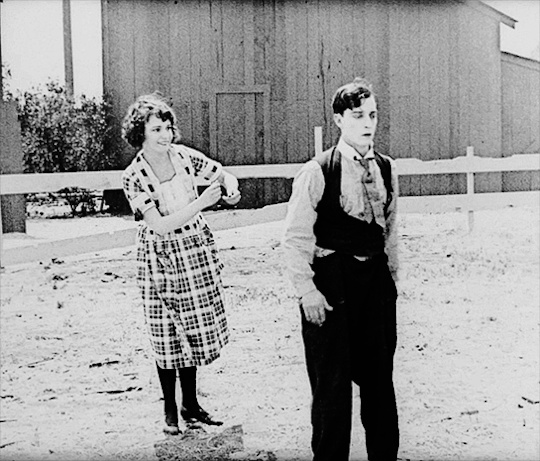


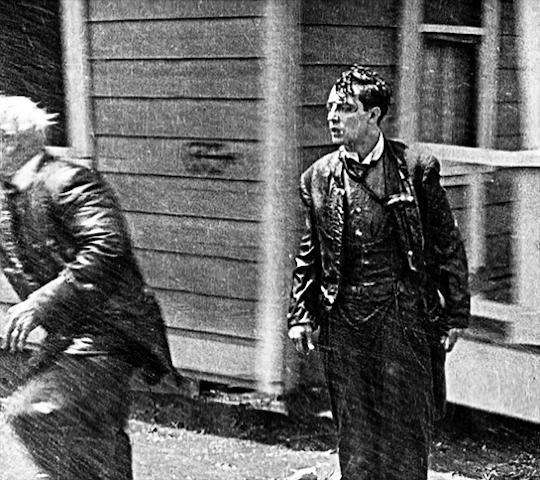



One Week - 1920
#buster keaton#sybil seely#one week#1920#1920s#1920s hollywood#1920s cinema#silent film#silent comedy#old hollywood#vintage hollywood#black and white movies#pre code#pre code hollywood#gifs#slapstick#buster edit#damfino#I posted a different gif set earlier and put the scarecrow like a dummy
80 notes
·
View notes
Text

Fern Andra and Hans Heinrich von Twardowski
Genuine: A Tale of a Vampire (1920)
#fern andra#horror#movies#1920s#hans heinrich von twardowski#vampires#vamp#goth aesthetic#set design#weimar cinema
26 notes
·
View notes
Text

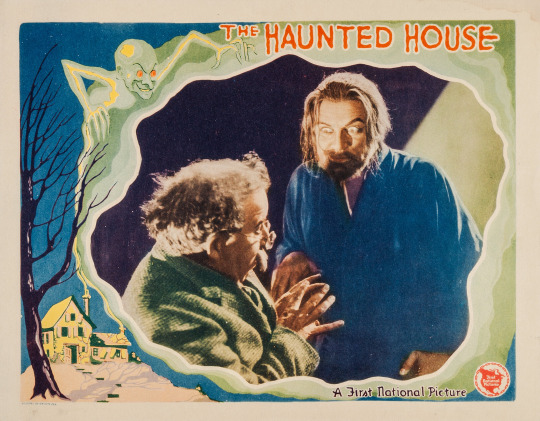
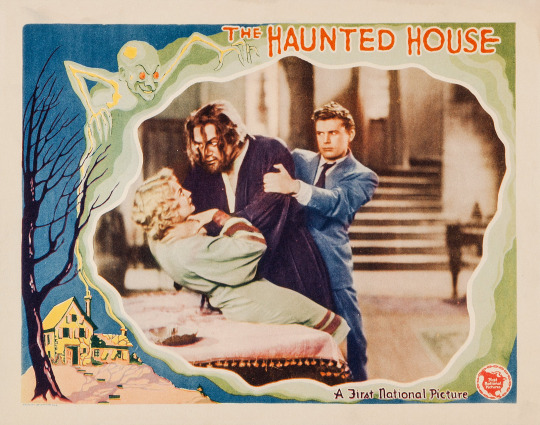
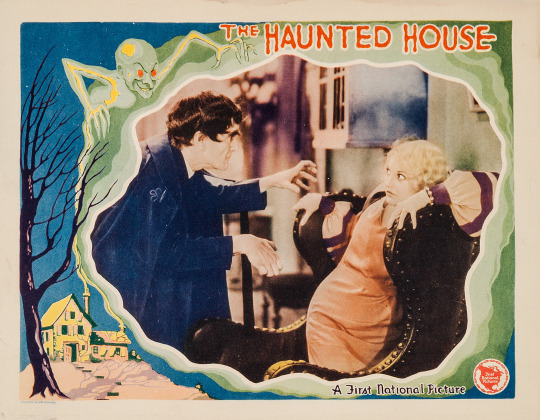

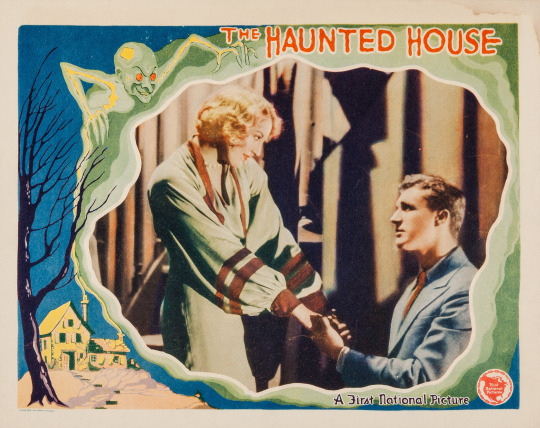
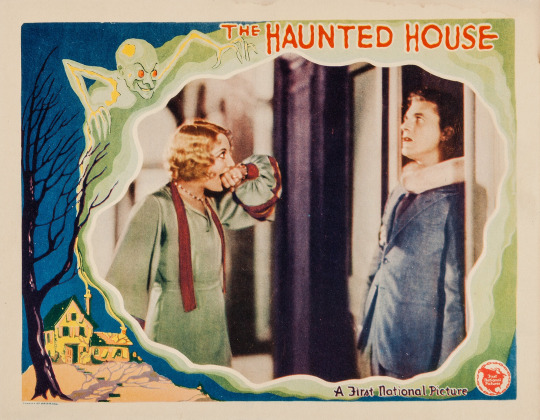
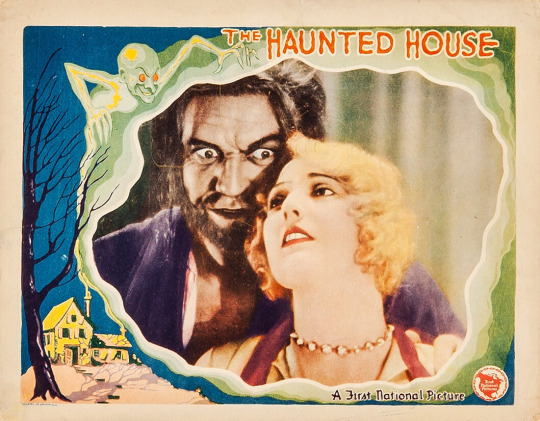
The Haunted House (1928) - Lobby card set for a lost film
#the haunted house#thelma todd#larry kent#chester conklin#edmund breese#william v. mong#1928#1920s movies#benjamin christensen#mystery#comedy#horror#odh#lost film#lost movies#lobby cards#lobby card set
34 notes
·
View notes
Text
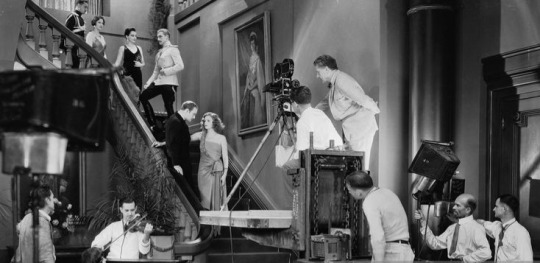
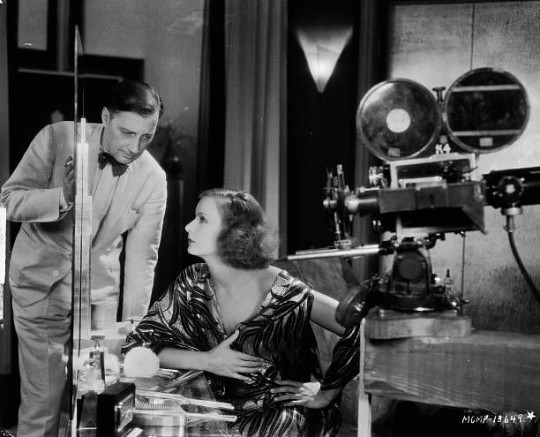



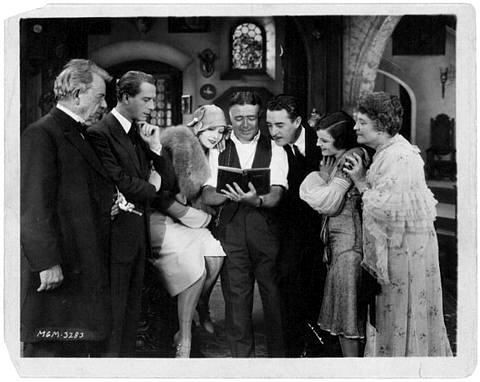

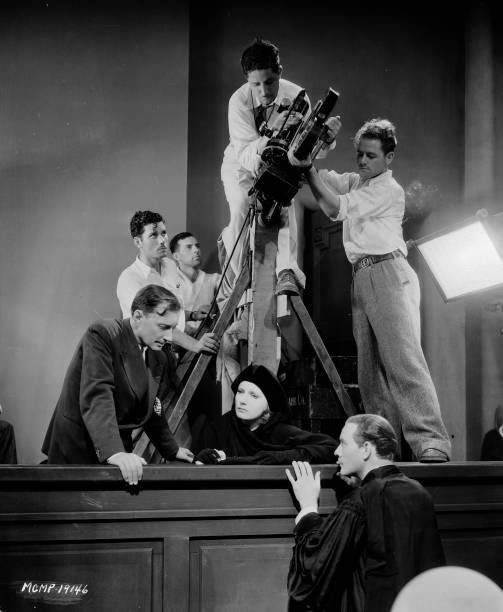
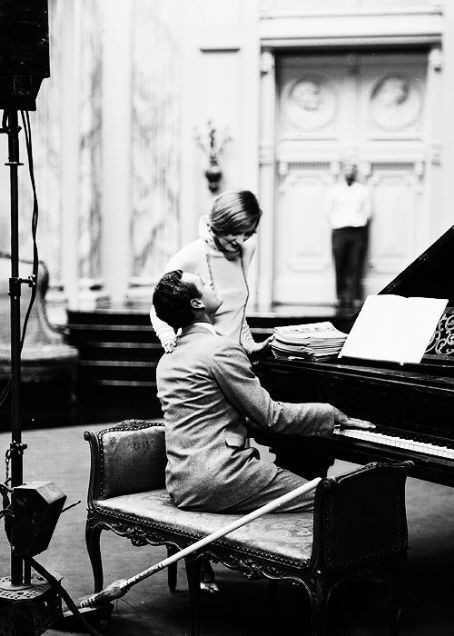

Behind the scenes of Garbo's silent films
#for someone who wanted a closed set most times I am surprised by how many bts photos i can find from her films#greta garbo#garbo#movies#old hollywood#cinephile#flesh and the devil#the temptress#a woman of affairs#the mysterious lady#the kiss#classic hollywood#the silent era#silent movies#silent film#1920s cinema#1920s#mgm#john gilbert#conrad nagel#mauritz stiller#clarence brown#lars hanson#swedish#bts#behind the scenes#movie stills#movie set#1930s movies#sapphocinephile
24 notes
·
View notes
Photo




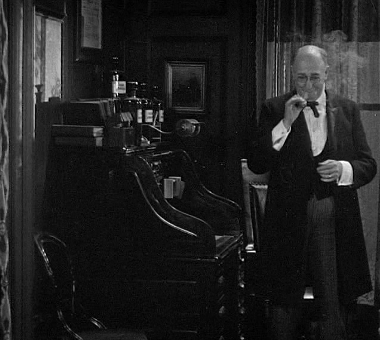

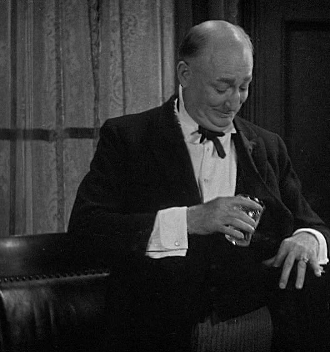

Would you like to earn five hundred dollars? -- Go to the graveyard! Bring me back a body! Tonight!
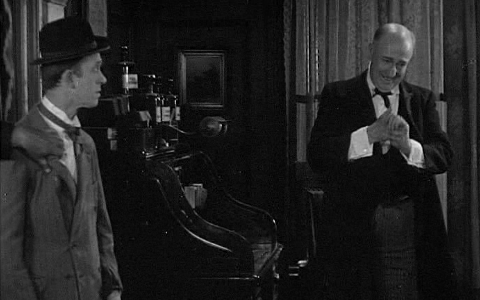
Ollie: You need new clothes. Let’s go! Stan: I’ve got a bad feeling about this...
#Stan Laurel#Oliver Hardy#Richard Carle#Laurel and Hardy#Habeas Corpus#1928#1920s#silent films#movies#my gifs#I don't know why the title card says#We'll take it!#there's another version where it says#We'll do it!#which fits better with what the professor asks them to do#there are some other differences too#with the title cards#my DVD is from the box set of 21#other version I've seen on YouTube#it's also less cropped#so I suspect mine is farther from the original#even though the box set is supposed to contain#painstakingly preserved original versions#oh well
12 notes
·
View notes
Text
the gilded age known for its 'glamour': 1870s-1900
what we could've had (if they just made one google or even pinterest search):




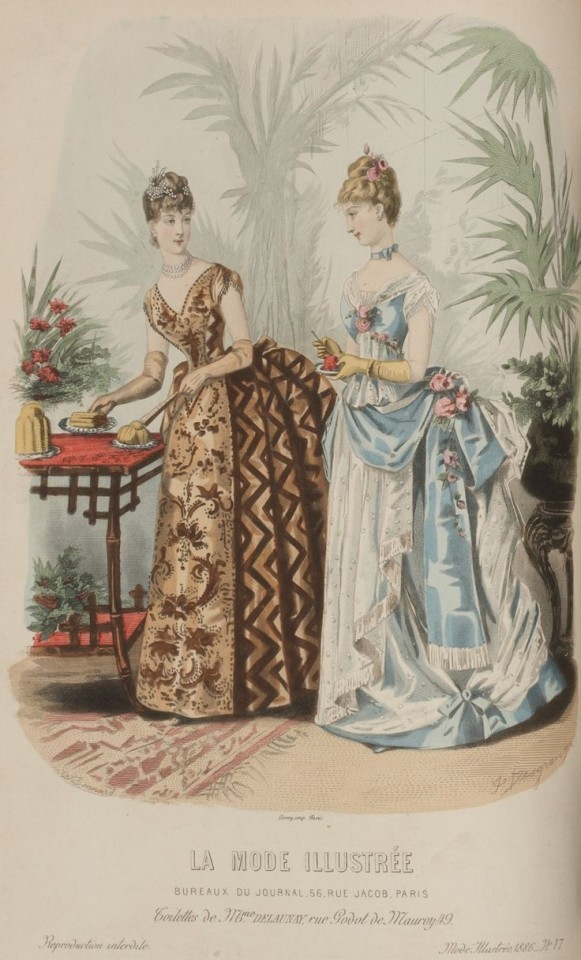
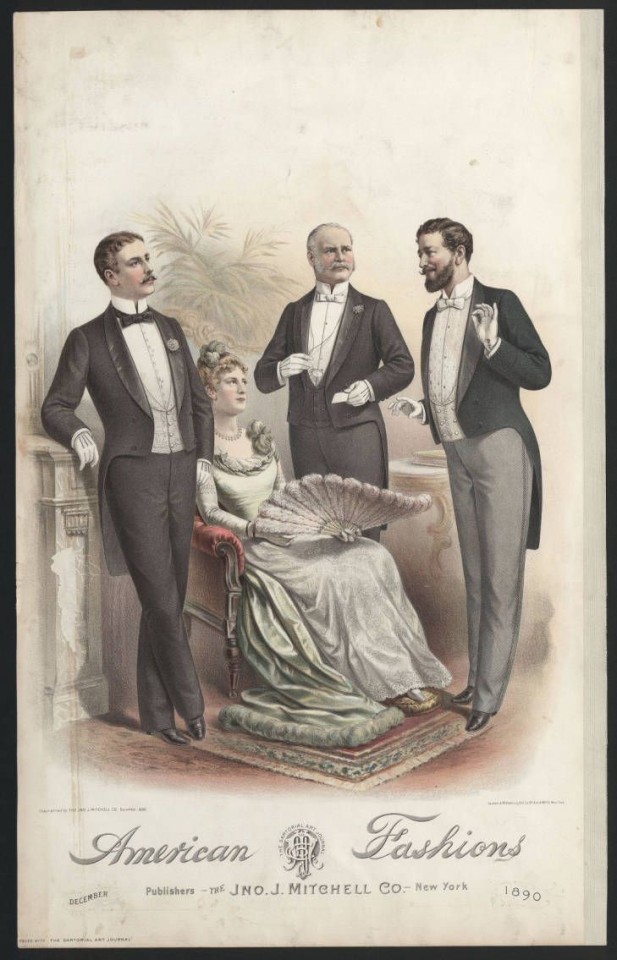

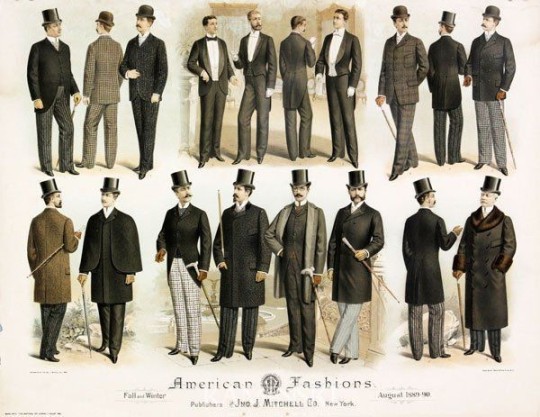

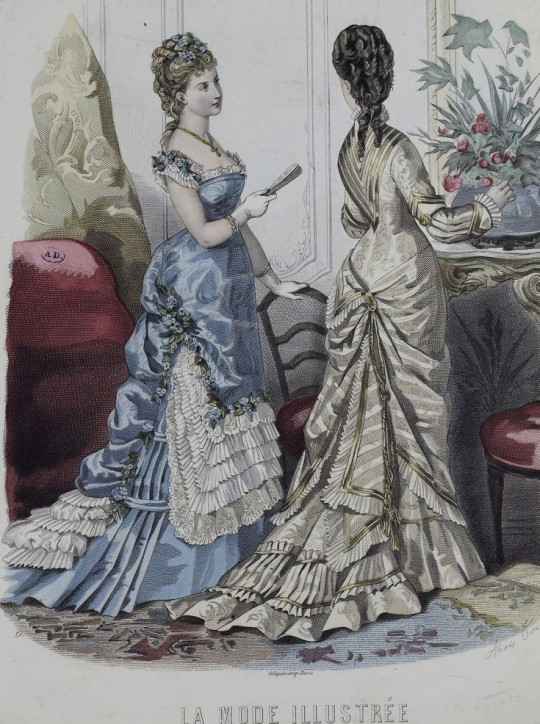
(most of the images came from 1880s - la mode illustree magazine)
#met gala 2022#one search is all it TAKES and so many illustrations like these pop out#or they could've watched movies set in this era like bram stokers dracula or the tv show the gilded age or something#literally could've just typed in 1870s 1880s or 1890s fashion on pinterest i can't#it's so obvious no effort was made#met gala#a lot of them were giving 1920s too wtf happened there#bere.txt
35 notes
·
View notes
Text
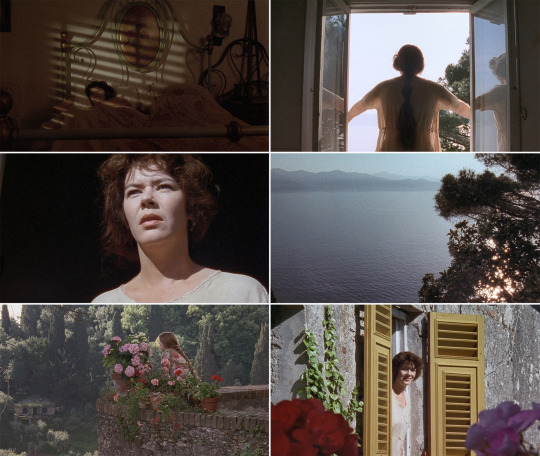


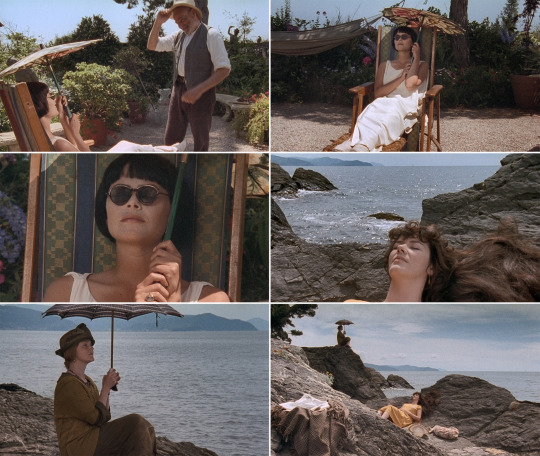






Enchanted April is a 1991 British film adapted from Elizabeth von Arnim's 1922 novel The Enchanted April. It stars Miranda Richardson, Josie Lawrence, Polly Walker, and Joan Plowright, with Alfred Molina, Michael Kitchen, and Jim Broadbent in supporting roles.
Part II
#enchanted april movie#enchanted april 1991#book adaptation#british movie#italian countryside#italy#spring countryside#country living#country life#country aesthetic#spring aesthetic#spring view#spring bloom#1920s#movies set in 1920s#Michael Kitchen#Jim Broadbent#Alfred Molina#Joan Plowright#Polly Walker#Miranda Richardson#Josie Lawrence
12 notes
·
View notes
Text




"Movie Theater McDonald's" - Raleigh, NC (1984)
"To commemorate McDonald's thirtieth anniversary, regional managers were asked to select one property in their respective areas that would be shaped into a one-of-a-kind design. Bruce Wunner, the chain's southeast regional manager, chose a newly acquired site in Raleigh: a circa 1920 building last used as a movie theater (first opened as the Varsity Theatre in 1941) and located on busy Hillsborough Street. The fact that the interior of the building was laid out like a theater, and the fact that McDonald's was founded in 1955, gave Perry & Plummer Design Associates (Wilmington and Raleigh, North Carolina) the inspiration for the design theme. The stage was set for a fifties diner articulated within the shell of the old theater."
Architecture by Fred Tolson Associates, interior design by Perry & Plummer
Scanned from the Dec. 1986 issue of Contract Interiors, and Restaurant Design: Ninety-Five Spaces That Work (1987)
1K notes
·
View notes
Text





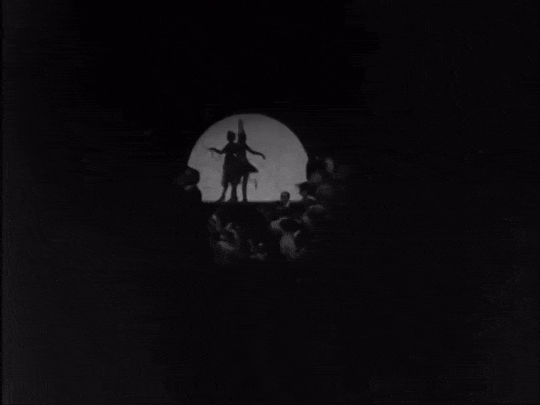



Camille (1921)
[letterboxd | imdb]
Director: Ray C. Smallwood
Cinematographer: Rudolph Bergquist
Art Director: Natacha Rambova
#1920s#1921#nazimova#alla nazimova#natacha rambova#classic film#classic movies#film#american film#silent film#my gifs#silent movies#silent era#silent cinema#cinema#classic cinema#independent film#film gifs#set design
13 notes
·
View notes
Photo
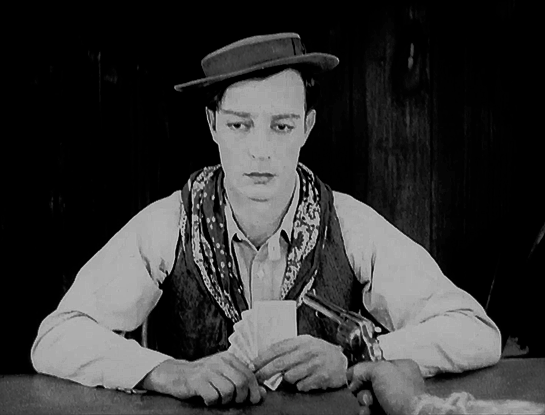
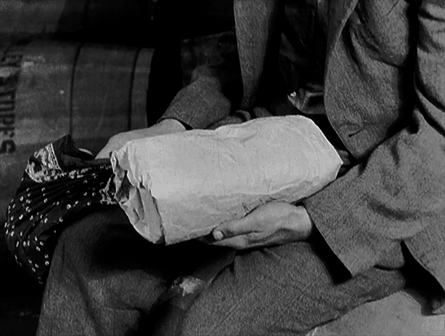
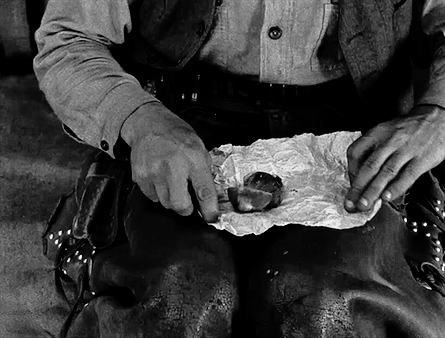
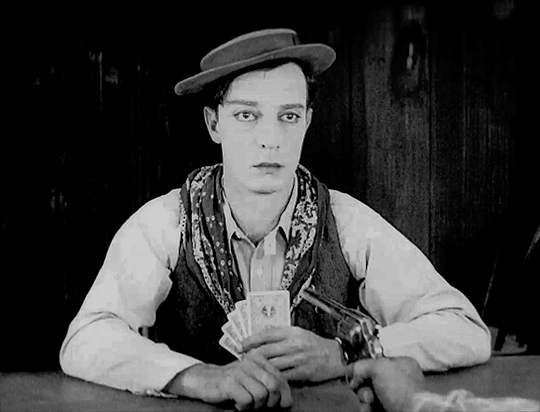





Go West (1925) - Hands
#Buster Keaton#Go West#1925#hands#silent film#silent comedy#silent cinema#old hollywood#vintage hollywood#black and white#slapstick#damfinos#gifs#1920s#Buster Edit#there are so many close ups of his hands in this movie#I couldn't even do just one gif set
83 notes
·
View notes
Text

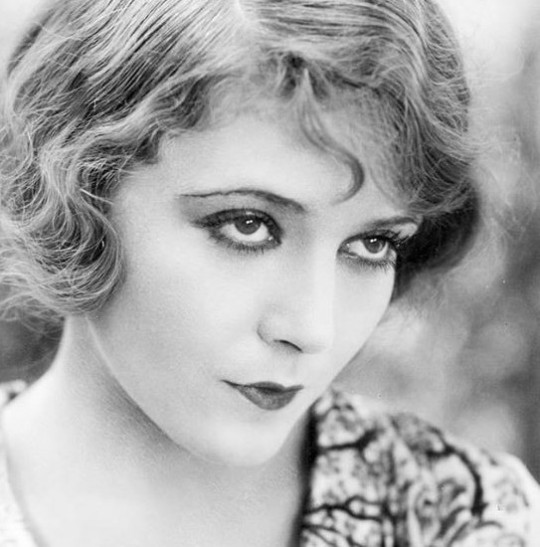
Propaganda
Louise Brooks (Pandora's Box, Diary of a Lost Girl)—Louise Brooks started off as a dancer and went to work in the Follies before going to Hollywood. Disappointed with her roles there, she went to Germany and proceeded to make Pandora's Box, the first film to show a lesbian on-screen (not her but one of her many doomed admirers in the film), and Diary of a Lost Girl, both of which are considered two of the greatest films of the 20th century. She helped popularize the bob and natural acting, acting far more subtly than her contemporaries who treated the camera as a stage audience. After the collapse of her film career and a remarkably rough patch as a high-end sex worker, she was rediscovered and did film criticism, notably "Lulu in Hollywood," which Rodger Ebert called "indispensable." Also, christ. Look at her.
Vilma Bánky (The Son of the Sheik, The Eagle)—She's famous now for being a silent star ruined by the transition to talkies, unlike her frequent co-star Ronald Colman. I think that's a shame, as she has a real vivaciousness and charm in The Winning of Barbara Worth. In this *checks notes* western about environmental engineering, she rides around the desert and gets wooed by both Colman and a young Gary Cooper (good for her dot gif.) Even in stills from films that are sadly lost, I think there is a distinctive warmth and individuality to her. Also she is extremely hot in her extremely pre-Code dress in The Magic Flame.
This is round 2 of the tournament. All other polls in this bracket can be found here. Please reblog with further support of your beloved hot sexy vintage woman.
[additional propaganda submitted under the cut.]
Louise Brooks:
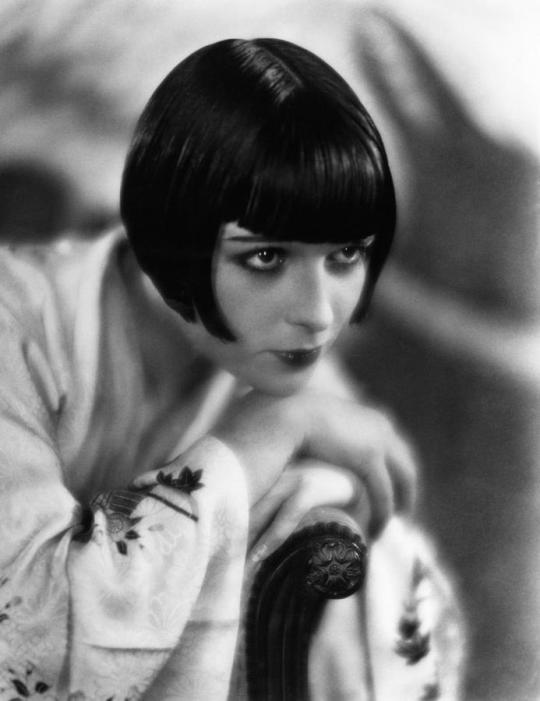
"Defined the style of the modern flapper. A gaze that could make a stone fall in love."
"Louise Brooks left a legend far greater than her real achievement as an actress, but even today few people have seen her films. In our own time, the fascination with Brooks seems to have begun in 1979 with a profile by Kenneth Tynan in the New Yorker, which revealed that the actress who made her last movie in 1938 was alive and living in Rochester, N.Y. Such was the power of Tynan's prose that people began to seek out her existing films, primarily this one, to discover what the fuss was about. What we see here is a healthy young woman -- she was 23 when the film was released -- with whom the camera, under G.W. Pabst's influence, is fascinated. There is a deep paradox in Brooks and her career: the American girl who found success in the troubled Europe between two wars; the vivid personality who briefly dazzled two continents but faded into obscurity; the liberated woman who had affairs with such prominent men as CBS founder William S. Paley as well as with women including (by her account) Greta Garbo but wound up a solitary recluse. And all of this seems perfectly in keeping with her most celebrated role in Pandora's Box. For despite her bright vitality, her flashing dark eyes and brilliant smile, Brooks's Lulu becomes the ultimate femme fatale, careering her way toward destruction, not only of her lovers but eventually of herself."
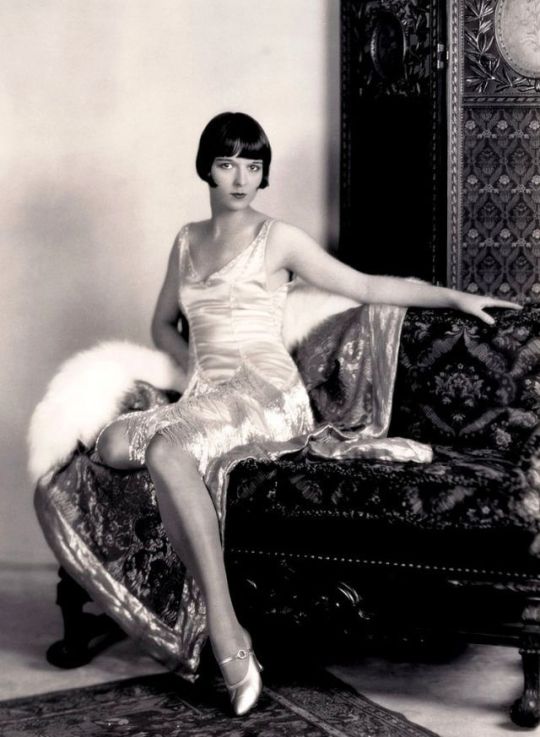
"She invented having bangs to indicate that you have borderline personality disorder"
"chances are if youve ever seen a "flapper girl" character or even just art of a generic flapper type made after the 20s it was based on her appearance - particularly the bob hairstyle! she had some pretty rough experiences through her life before during and after her tumultuous acting career which ended in 1938 but she made it to the 80s, wrote an autobiography and did a lot of interviews that she was never afraid of being honest in about her own life or peers of the age, and apparently was unabashed about some affairs she had with well known women (including greta garbo!!)"
"She read Proust and Schopenhauer on set between sets. She was one of the original flappers/new women of the 1920s. She had a one night stand with Garbo and was the inspiration for Sally Bowles in Cabaret. Truly a stone cold fox."

"on her wikipedia page it says her biographer said she "loved women as a homosexual man, rather than as a lesbian, would love them" and while i have no idea if this is true or not i thought that was very gender of her"
"despite being american she was big in german expressionist films and thus her aesthetic was unmatched!!"
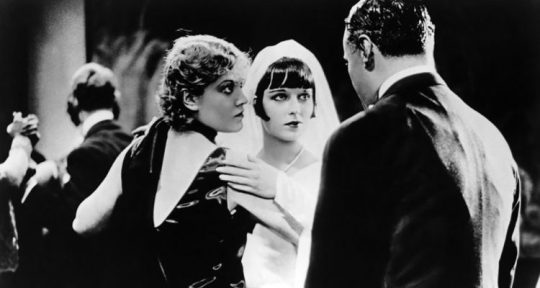
So far ahead of her time in regard to portraying complicated women. Timeless elegance. "I learned to act by watching Martha Graham dance, and I learned to dance by watching Charlie Chaplin act.” - Louise Brooks
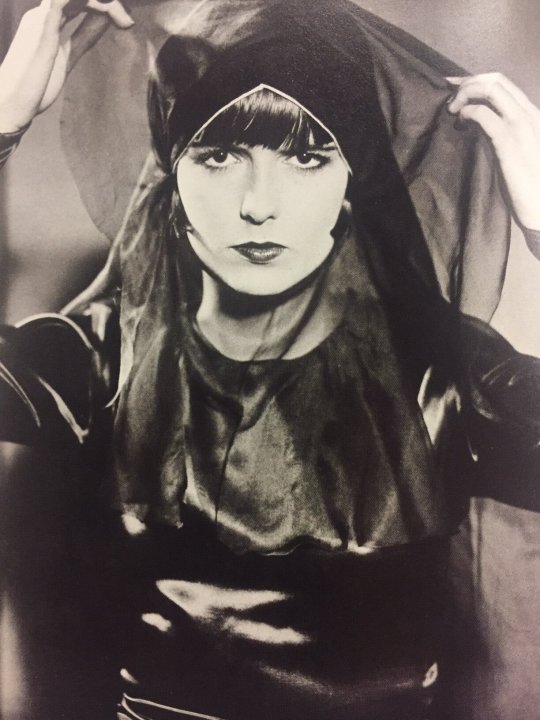
Vilma Bánky:
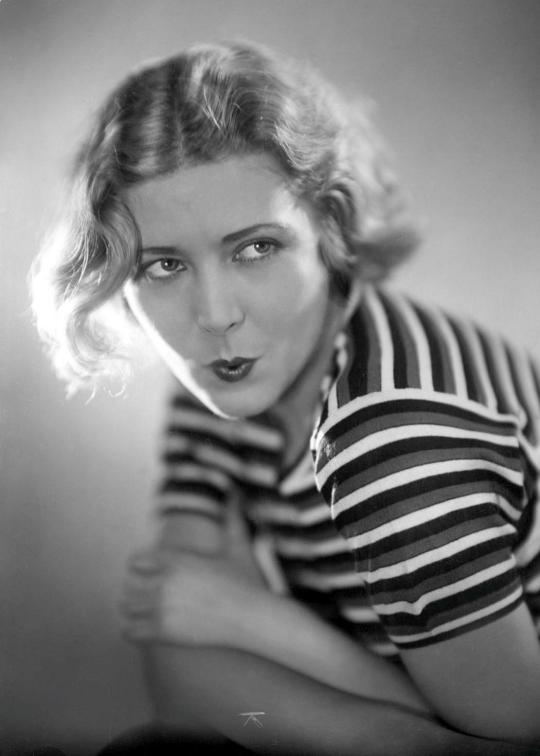
I love Vilma Bánky! She was called "the Hungarian Rhapsody" and apparently had a thick Hungarian accent which I think is cute. Several men fighting over the same women can be very cliche but when I saw her in The Winning of Barbara Worth (1926) I got it because my god she really is that drop dead gorgeous. She's also a wonderful actress though, expressive yet natural. I read once that seeing her in The Dark Angel (1925)—a film now seemingly lost—inspired Merle Oberon to become an actress :)
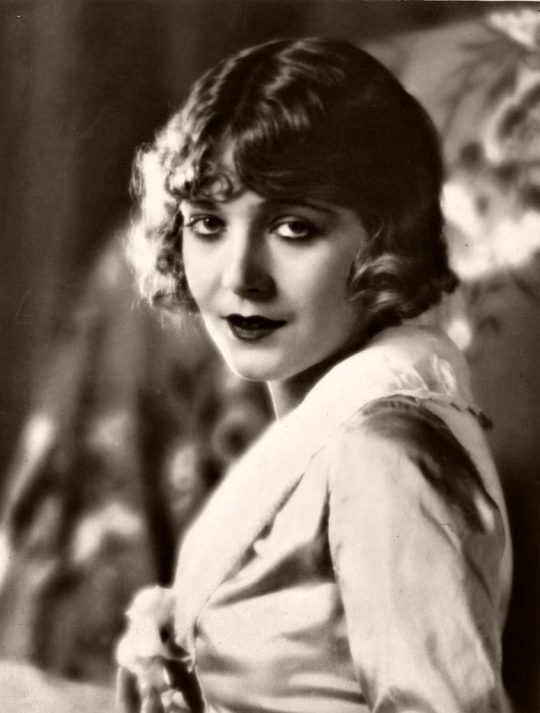


This is more of a factoid but she was apparently the women's golf champion at Wilshire Country Club through the 1940s. [link] I just think she's neat.
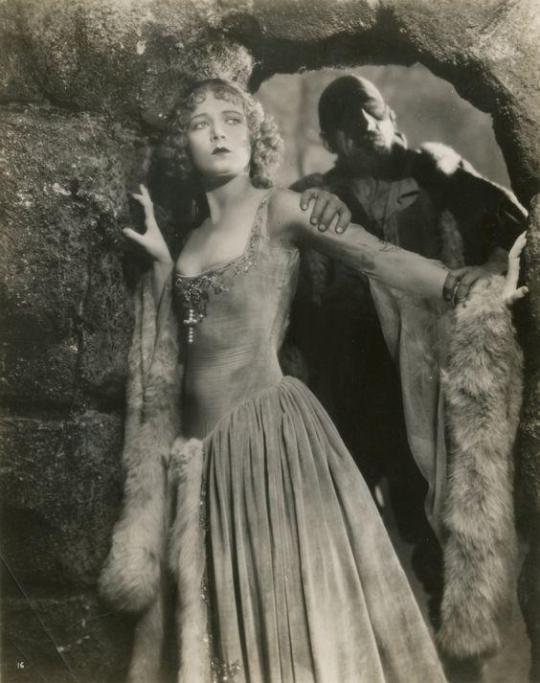

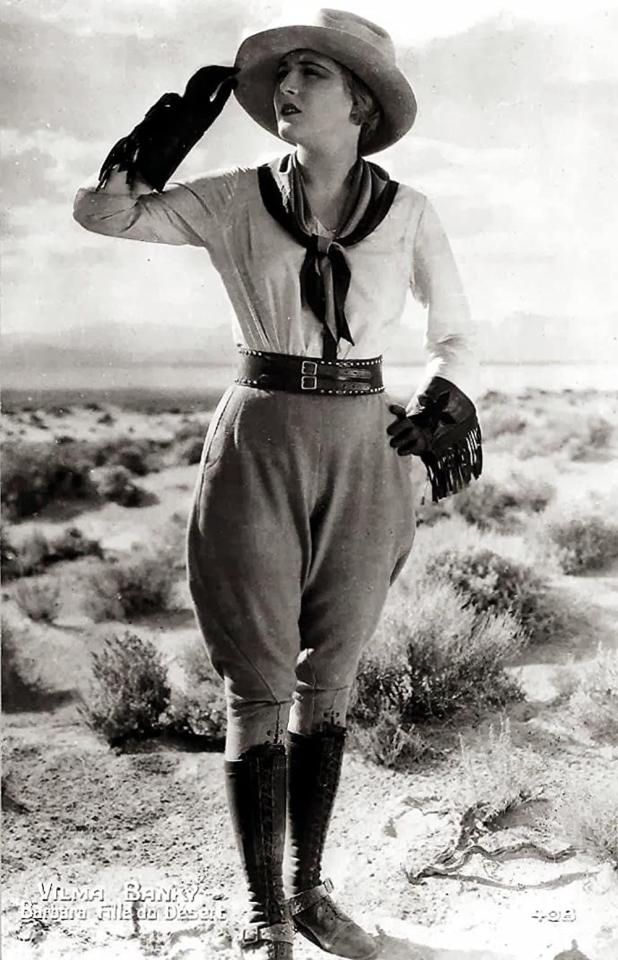

I love herrrrr she’s my everything. Watching her kiss Rudolph Valentino in Son of the Sheik made me so flustered I had to pause the movie to cool down. She’s the prettiest the most beautiful the most incredible woman I’ve ever seen. I could look at a picture of her for hours

294 notes
·
View notes
Text

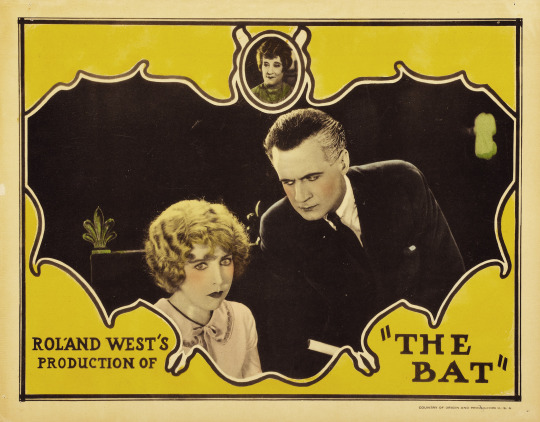



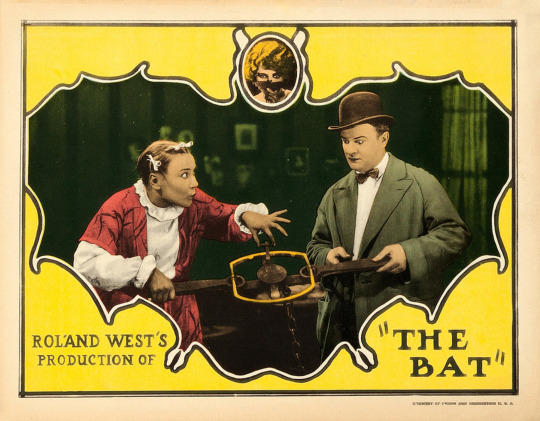
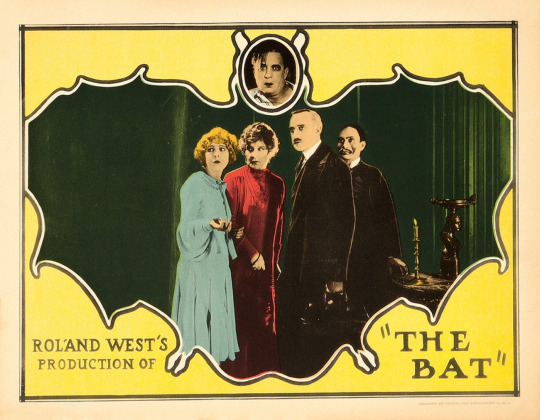
The Bat (1926) - Lobby Card Set
43 notes
·
View notes
Text

FATHER & SON: James Earl Jones with his Father Robert Earl Jones on Stage in the 1962 Production "Moon on a Rainbow Shawl."
Robert Earl Jones (February 3, 1910 – September 7, 2006), sometimes credited as Earl Jones, was an American actor and professional boxer. One of the first prominent Black film stars, Jones was a living link with the Harlem Renaissance of the 1920s and 1930s, having worked with Langston Hughes early in his career.
Jones was best known for his leading roles in films such as Lying Lips (1939) and later in his career for supporting roles in films such as The Sting (1973), Trading Places (1983), The Cotton Club (1984), and Witness (1985).
Jones was born in northwestern Mississippi; the specific location is unclear as some sources indicate Senatobia, while others suggest nearby Coldwater. He left school at an early age to work as a sharecropper to help his family. He later became a prizefighter. Under the name "Battling Bill Stovall", he was a sparring partner of Joe Louis.
Jones became interested in theater after he moved to Chicago, as one of the thousands leaving the South in the Great Migration. He moved on to New York by the 1930s. He worked with young people in the Works Progress Administration, the largest New Deal agency, through which he met Langston Hughes, a young poet and playwright. Hughes cast him in his 1938 play, Don't You Want to Be Free?.
Jones also entered the film business, appearing in more than twenty films. His film career started with the leading role of a detective in the 1939 race film Lying Lips, written and directed by Oscar Micheaux, and Jones made his next screen appearance in Micheaux's The Notorious Elinor Lee (1940). Jones acted mostly in crime movies and dramas after that, with such highlights as Wild River (1960) and One Potato, Two Potato (1964). In the Oscar-winning 1973 film The Sting, he played Luther Coleman, an aging grifter whose con is requited with murder leading to the eponymous "sting". In the later 20th century, Jones appeared in several other noted films: Trading Places (1983) and Witness (1985).
Toward the end of his life, Jones was noted for his stage portrayal of Creon in The Gospel at Colonus (1988), a black musical version of the Oedipus legend. He also appeared in episodes of the long-running TV shows Lou Grant and Kojak. One of his last stage roles was in a 1991 Broadway production of Mule Bone by Hughes and Zora Neale Hurston, another important writer of the Harlem Renaissance. His last film was Rain Without Thunder (1993).
Although blacklisted by the House Un-American Activities Committee in the 1950s due to involvement with leftist groups, Jones was ultimately honored with a lifetime achievement award by the U.S. National Black Theatre Festival.
Jones was married three times. As a young man, he married Ruth Connolly (died 1986) in 1929; they had a son, James Earl Jones. Jones and Connolly separated before James was born in 1931, and the couple divorced in 1933. Jones did not come to know his son until the mid-1950s. He adopted a second son, Matthew Earl Jones. Jones died on September 7, 2006, in Englewood, New Jersey, from natural causes at age 96.
THEATRE
1945 The Hasty Heart (Blossom) Hudson Theatre, Broadway
1945 Strange Fruit (Henry) McIntosh NY theater production
1948 Volpone (Commendatori) City Center
1948 Set My People Free (Ned Bennett) Hudson Theatre, Broadway
1949 Caesar and Cleopatra (Nubian Slave) National Theatre, Broadway
1952 Fancy Meeting You Again (Second Nubian) Royale Theatre, Broadway
1956 Mister Johnson (Moma) Martin Beck Theater, Broadway
1962 Infidel Caesar (Soldier) Music Box Theater, Broadway
1962 The Moon Besieged (Shields Green) Lyceum Theatre, Broadway
1962 Moon on a Rainbow Shawl (Charlie Adams) East 11th Street Theatre, New York
1968 More Stately Mansions (Cato) Broadhurst Theatre, Broadway
1975 All God's Chillun Got Wings (Street Person) Circle in the Square Theatre, Broadway
1975 Death of a Salesman (Charley)
1977 Unexpected Guests (Man) Little Theatre, Broadway
1988 The Gospel at Colonus (Creon) Lunt-Fontanne Theatre, Broadway
1991 Mule Bone (Willie Lewis) Ethel Barrymore Theatre, Broadway
FILMS
1939 Lying Lips (Detective Wenzer )
1940 The Notorious Elinor Lee (Benny Blue)
1959 Odds Against Tomorrow (Club Employee uncredited)
1960 Wild River (Sam Johnson uncredited)
1960 The Secret of the Purple Reef (Tobias)
1964 Terror in the City (Farmer)
1964 One Potato, Two Potato (William Richards)
1968 Hang 'Em High
1971 Mississippi Summer (Performer)
1973 The Sting (Luther Coleman)
1974 Cockfighter (Buford)
1977 Proof of the Man (Wilshire Hayward )
1982 Cold River (The Trapper)
1983 Trading Places (Attendant)
1983 Sleepaway Camp (Ben)
1984 The Cotton Club (Stage Door Joe)
1984 Billions for Boris (Grandaddy)
1985 Witness (Custodian)
1988 Starlight: A Musical Movie (Joe)
1990 Maniac Cop 2 (Harry)
1993 Rain Without Thunder (Old Lawyer)
TELEVISION
1964 The Defenders (Joe Dean) Episode: The Brother Killers
1976 Kojak (Judge) Episode: Where to Go if you Have Nowhere to Go?
1977 The Displaced Person (Astor) Television movie
1978 Lou Grant (Earl Humphrey) Episode: Renewal
1979 Jennifer's Journey (Reuven )Television movie
1980 Oye Ollie (Performer) Television series
1981 The Sophisticated Gents (Big Ralph Joplin) 3 episodes
1982 One Life to Live
1985 Great Performances (Creon) Episode: The Gospel at Colonus
1990 True Blue (Performer) Episode: Blue Monday
#james earl jones#black tumblr#black literature#black community#black excellence#blackexcellence365#actor#robert earl jones#stage actor
200 notes
·
View notes
Note
Hi, hi! Hope you're having a very nice day!
I was watching a mafia movie with my mother that was set in the 20s and now I'm just imagining Wriothesley as a 1920s crime boss falling in love with a reader who's just a sweet, civilian lady that works at the cafe he frequently goes to.
Omg hi sweetie !! I hope you're having a nice day, too :D
And aw that sounds so so so cute? :(( LIKE 😭😭 MAN !! this got me thinking about crime boss Wrio who is so so so whipped for you.

He falls for you first, falls for how you're sweet to him and how you smile at him, and how you blush whenever your fingers accidentally connect. And, down the line, when you're together and it's about high time that he tells you who he actually is —that he's not just your-run-of-the-mill guy— he's terrified that you'd leave him, but he doesn't blame you if you do. A life with him will no doubt be fraught with danger, and he'd never want to deceive or force you into choosing it. So he 'fesses up, hands shaking in his pockets, ready for you to walk out the door.
You're silent for a long time, staring at him, evaluating him. It's all Wriothesley can do to meet your gaze, to not look at the marble flooring of the expensive hotel room you're both in.
He waits for the yelling. The accusations. The disbelief. The fear. He waits for you to toss the necklace and the bracelets he's gifted you off, and is ready to sit alone in this room for the rest of the evening, head in his hands.
"Will you be able to protect me?" is all you ask instead. He swallows. Nods. With my life.
"Will you ever hurt me?" You ask.
And Wriothesley shakes his head so fast. Feels himself get sick just thinking about it. "Never. "
And you smile, then. Bright and wide, and you hold your arms out beckoning him to you. He goes easily, relief weighing his shoulders down, and just about collapses in your arms.
"You love me." It's a statement, not even a question, but he nods. His hair tickles the side of your face. He breathes in, breath brushing against the skin of your neck.
"I do. Very much. You hold my heart in your hand, sweetheart."
"Then that's enough. That's all I need from you."

[ #Taglist registration here !! ]
511 notes
·
View notes